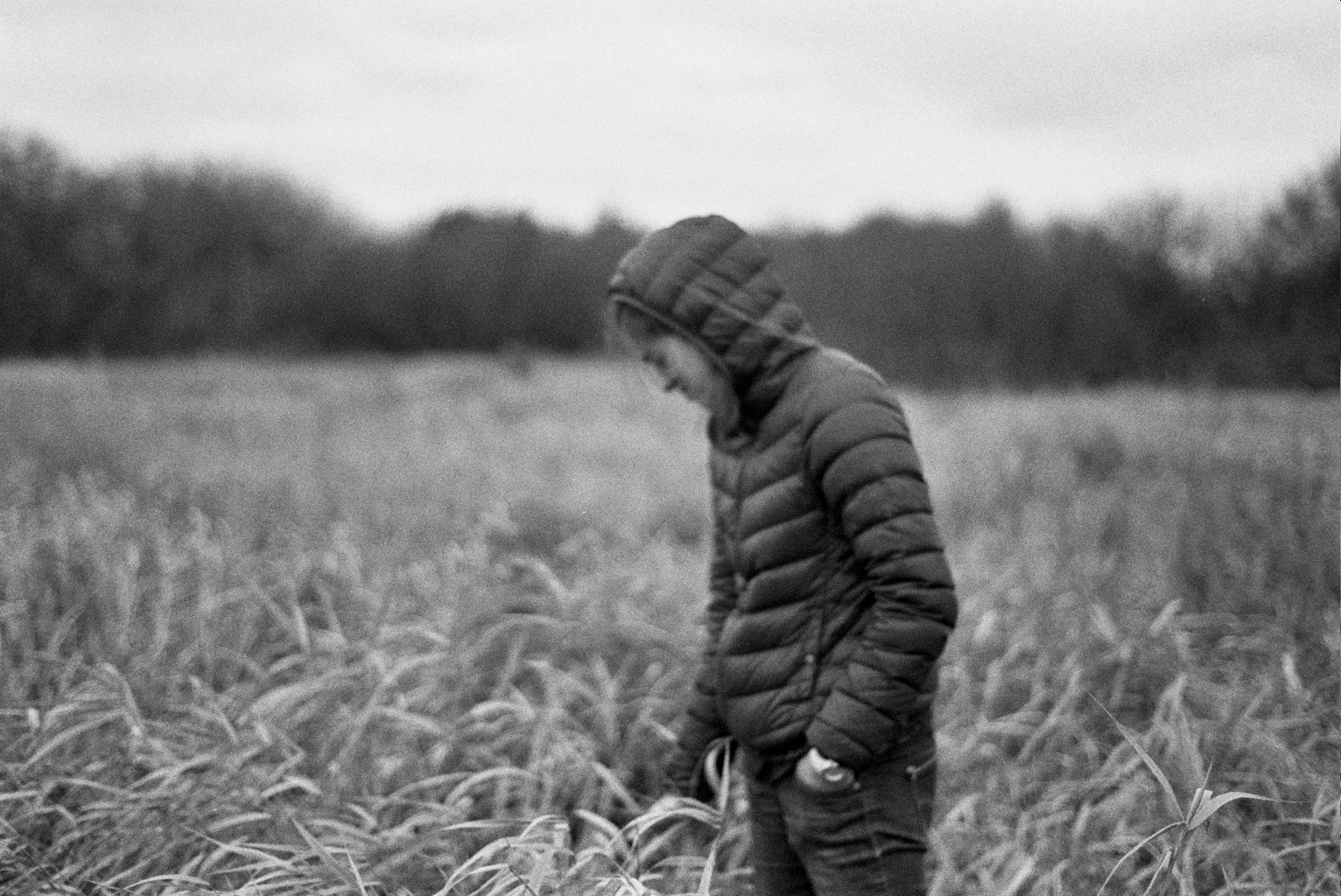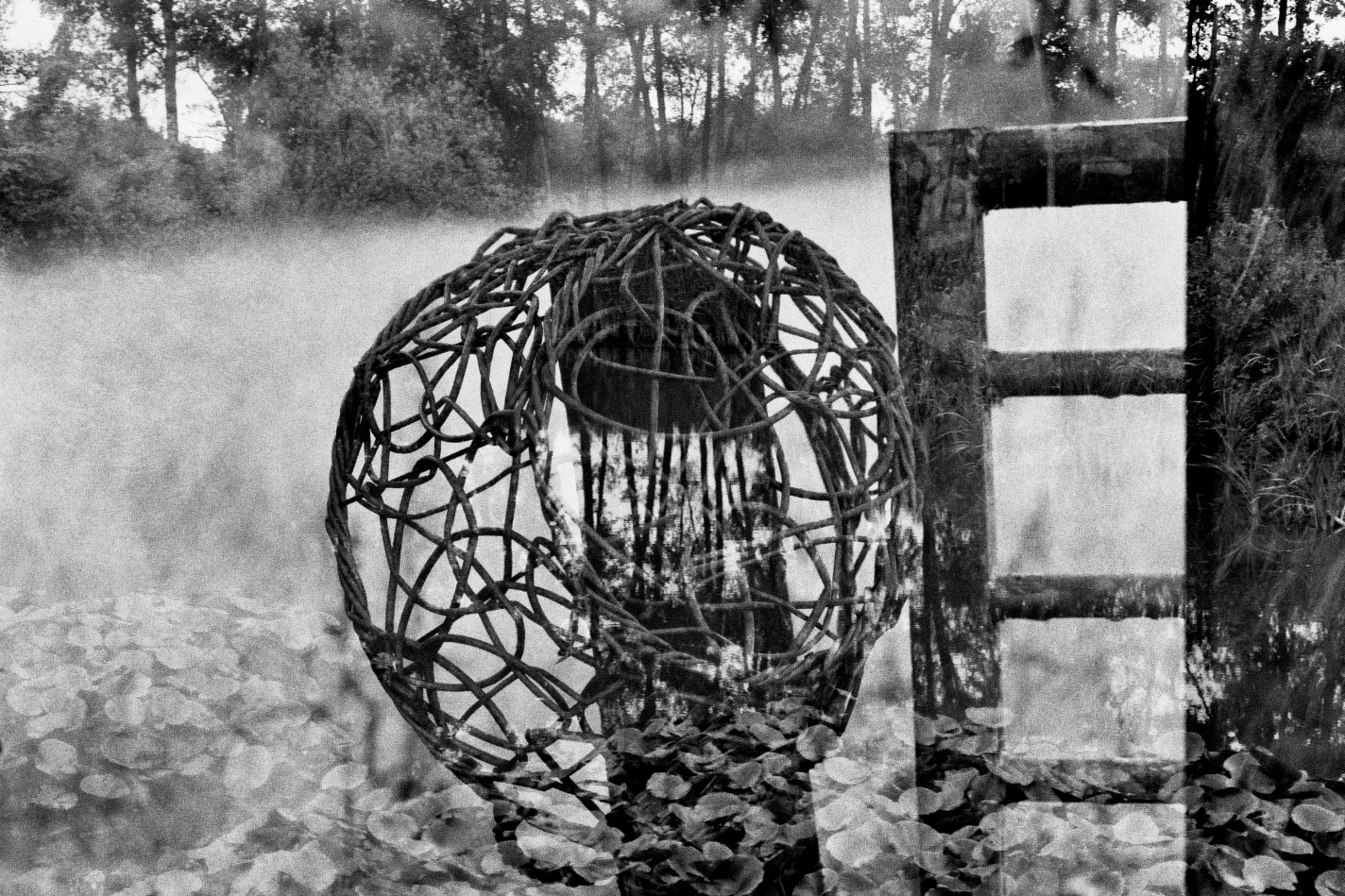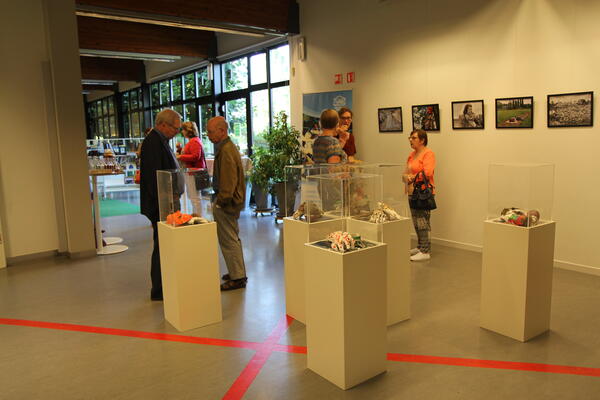Powerful Nature Autism
In 2016 I was invited by the organisation t'passt ( http://www.tpasst.org/ ) to create and guide a number of artistic workshops for autistic people. The project was made in collaboration with VZW Natuurpunt from Paddenbroek and supported by the Rotary Club of Geel. The idea was to create activities that would show the strength of nature and accentuate the creativity and uniqueness of autistic people. We worked under the title Krachtige Natuur, Bijzondere mensen (Powerful Nature, incredible people). The activity became a series of walks in the nature reserve with an artistic approach to the each walk.
After several attempts to form a working group that could be involved continuously I had to realise, that continuation is a bit of an issue. People with autism can't always plan and maintain long lasting future commitments. Their mood might swing from day to day, from one situation to another, what was agreed upon at one time, can get easily changed the next one. I decided not to panic and go with the flow by trying to get a maximum outcome of every session, rather than building on something time after time. What was very important however was to always use the same trajectory of walking in the nature reserve. Every time I would just introduce a little different sensorial approach, a new question or detail of attention to look for or a simple activity at the end. But the walk itself became the main practice.
As the organizers wanted to have something substantial to present at the end of the project and I didn't want this to be only my impressions (works made only by me) I decided to work with analog multilayered photography. A very simple concept: at the beginning of the walk I would load my spotmatic with a single film roll, count how many shots every person had to take (lets say there was 8 participants, so I would invite them to take 4 shots each leaving 4 unclaimed for mistakes). Once the film was full, I would rewind it to the beginning and ask participants to take another 4 shots. After several of these walks we had a number of beautiful images, but mainly of objects, nature and very little of people.
I realised there was something more personal needed to be placed in the nature. I came up with the thought to create body casks from gips. It is challenging to introduce such an idea into working with autistic people, as their sensorial perception can trigger discomfort. So I have approached this matter with small steps.
We first would apply very small pieces of gips on the part of the body that was less sensitive and wait for it to set. People that had difficulty even with that where allowed to wrap their body part in clingfilm first. After a few attempts enthusiasm grew enormously. Participants stepped over their fears and made gips casks of different and unexpected parts of their body such as heads, feet, bend hands and arms an so on… The second session in this process was to finish off the created sculptures with materials found during our walks. The fantasy really started flowing here. Every participant could choose very different ways to work on this. Some people only wanted to decorate with meticulously dried tiny grasses, others with found fox fur or left overs of discarded napkins.
Once our sculptures where completed as much as it could be completed, we organised a final walk, where other people could join us. We placed the body casks in various places in the reserve. During the walk I invited everyone to take analog layered pictures as we've done the previous times.
To present this project to the public in September 2017 we built an exhibition in the library of Geel where we proudly displayed our best photos, gips works and photographs of the process. The exhibition was received with lots of interest from the local community and was nominated for the cultural price of the city. Students of one secondary school in Geel where so impressed with the results that they organised a fundraiser to fund upcoming projects of t'passt.
Some more images from the project:

















